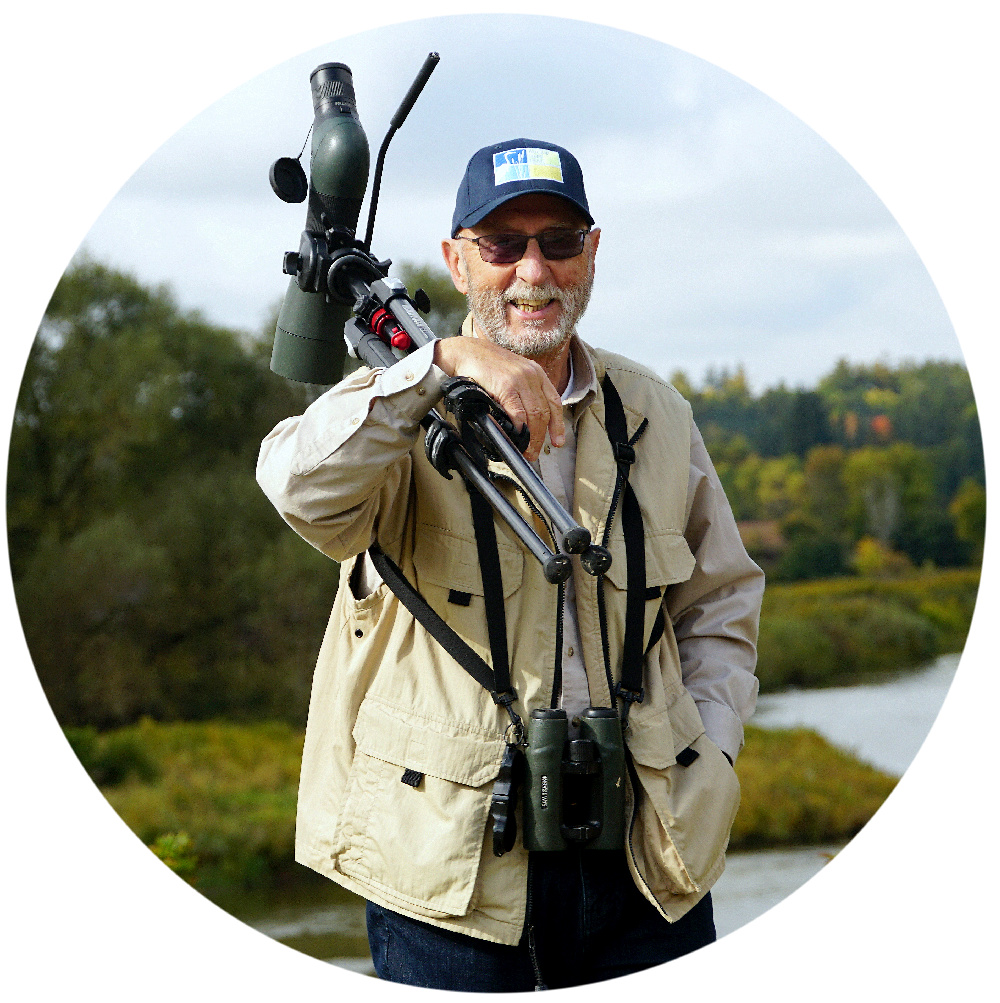26 January 2020
Given the up and down winter we have had so far, with relatively little snow or cold temperature, we had not seen a single Snow Bunting (Plectrophenax nivalis) and set out to try to rectify this omission.
The Metz area is a location that has been invariably successful for us in years past so we loaded coffee and muffins into the car and set off in that direction.
The fields did not have deep snow but there was sufficient cover to give us hope.
But as we drove slowly along the back roads we in fact saw little avian life of any kind.
However, we knew of one particular spot where our greatest successes have been achieved in years past, and that is where we encountered a fairly large flock of Snow Buntings numbering around three hundred or so. It looks as though a farmer had put out corn for them, or perhaps a bird bander was using corn as bait to lure the birds in close. These delightful little snow birds, always active, and flying in cohesive flocks, were all around us, on both sides of the road and on the road itself.
We were using the car as a blind, and Miriam managed to get off a few shots, but nothing of great merit.
She thought she might do better from the back seat of the car and moved there, but given the generally dull conditions, and the constant movement of the birds, she did little better.
In an instant, from no cause that we were able to detect, the birds swirled up en masse and left. We assumed that the corn would be an irresistible attraction and that they would return in short order. They did not! We waited for a while, but there was not a sign of a single bird. A flock of three hundred or more individuals had vanished from sight.
I am posting below a few pictures from winters past to illustrate our successes with this species.
As soon as we get a good snowfall and a few consecutive cold days, we will go back out there to try our luck again. After all this has also been a reliable location for Snowy Owl (Bubo scandicaus), Northern Shrike (Lanius excubitor), and even the odd Lapland Longspur (Calcarius lapponicus).
In the meantime we had enjoyed a morning together doing what we do best, and were quite content as we said au revoir to a gloomy day at Metz.
The next time will be better!



































